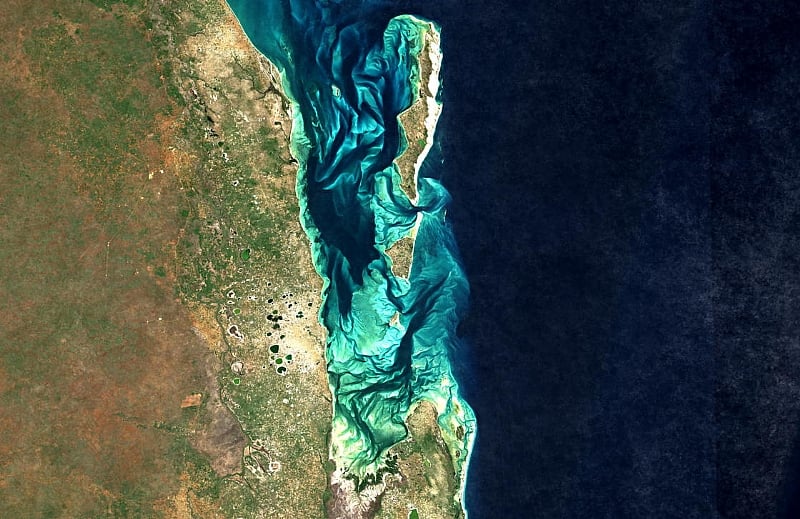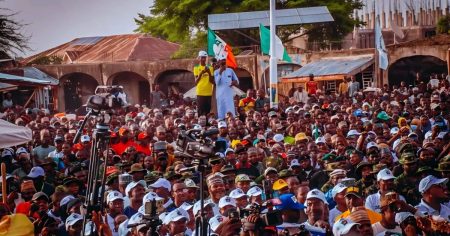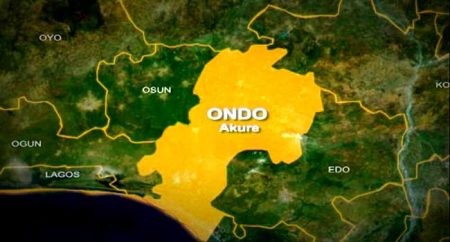Digital Earth Africa (DE Africa) is revolutionizing the accessibility and utilization of Earth observation (EO) data across the African continent. Traditionally, extracting actionable information from raw satellite imagery has been a costly, time-consuming, and technically demanding process, limiting its use to well-resourced organizations. DE Africa overcomes this barrier by leveraging the Open Data Cube (ODC), an open-source platform, and providing Analysis-Ready Data (ARD), allowing a wider range of stakeholders to harness the power of EO data for addressing critical challenges like climate change, resource management, and sustainable development. By pre-processing the data and making it readily available, DE Africa empowers researchers, policymakers, and grassroots organizations with the information they need to make informed decisions and drive positive change.
The core of DE Africa’s success lies in the ODC, a platform developed by Geoscience Australia and hosted by Amazon Web Services in Cape Town. The ODC stores processed EO datasets as cubes, facilitating easy retrieval and analysis without requiring users to possess advanced technical expertise or expensive infrastructure. This democratizes access to EO data, leveling the playing field between resource-limited organizations and global institutions. The open-source nature of the ODC further promotes collaboration and transparency, enabling users to customize analyses using Python or leverage pre-built notebooks provided by DE Africa. This flexibility allows for tailored insights specific to diverse needs and applications.
A significant advantage of the DE Africa system is the provision of ARD. Raw EO data necessitates extensive pre-processing to correct for atmospheric distortions, sensor alignment, and standardization. This process is often replicated by individual users, leading to significant redundancy and wasted resources. DE Africa eliminates this duplication of effort by providing ARD, which is pre-processed and ready for immediate analysis. This significantly reduces the time and cost associated with data preparation, allowing users to focus on extracting meaningful insights rather than grappling with technical complexities. The readily available ARD also simplifies time-series analysis, enabling tracking of trends over extended periods, crucial for understanding phenomena like changing water levels, deforestation, and urban growth.
DE Africa’s ARD is built upon an extensive archive spanning over four decades of satellite data, providing an invaluable historical perspective on Africa’s evolving landscapes and resources. This rich dataset, accessible through the ODC, offers unprecedented insights into long-term environmental changes and trends. One example of the practical application of this historical data is DE Africa’s Waterbodies Monitoring Service, which tracks over 700,000 water bodies across the continent, providing weekly updates on their surface areas. This information is crucial for understanding water resource availability, predicting and mitigating climate-related risks like droughts and floods, and promoting sustainable water management practices. The service is also highly practical, offering data access via an API for integration with other applications and customized analyses.
Beyond water monitoring, DE Africa’s ARD and ODC power a range of thematic services tailored to address specific African challenges. These include coastline monitoring to track erosion and inform coastal management strategies, agriculture and vegetation analysis for improved agricultural planning and drought/pest monitoring, urban planning tools to support sustainable development, and floodplain monitoring for disaster preparedness and response. DE Africa is consistently expanding its dataset catalog, incorporating higher-resolution imagery and specialized datasets for applications like water quality monitoring, further enhancing the platform’s utility and impact. A notable example of DE Africa’s application is its support in preserving African heritage sites by mapping coastlines in Kenya, Tanzania, and Senegal to reveal the risks faced by these culturally significant areas.
By removing the technical and resource barriers associated with utilizing EO data, DE Africa empowers diverse stakeholders across the continent. Researchers gain access to decades of historical data for in-depth environmental studies. Local governments and policymakers can develop climate-resilient strategies and improve disaster management based on evidence-based insights. NGOs can leverage data-driven approaches for conservation and humanitarian projects. The user-friendly platform ensures that even organizations with limited technical capacity can harness the power of EO data, promoting equitable access to this vital resource. DE Africa exemplifies a successful model for democratizing access to complex scientific data, fostering collaboration, and driving positive change through informed decision-making. Their ongoing efforts to expand datasets, enhance user resources, and promote pan-African collaboration will be key to addressing future challenges and ensuring a sustainable future for Africa. One example demonstrating DE Africa’s impact is the work of M.A.P. Scientific Services (MAPSS), which utilizes DE Africa data and ESRI software to provide geospatial solutions for wildlife conservation, demonstrating the platform’s diverse applicability.














